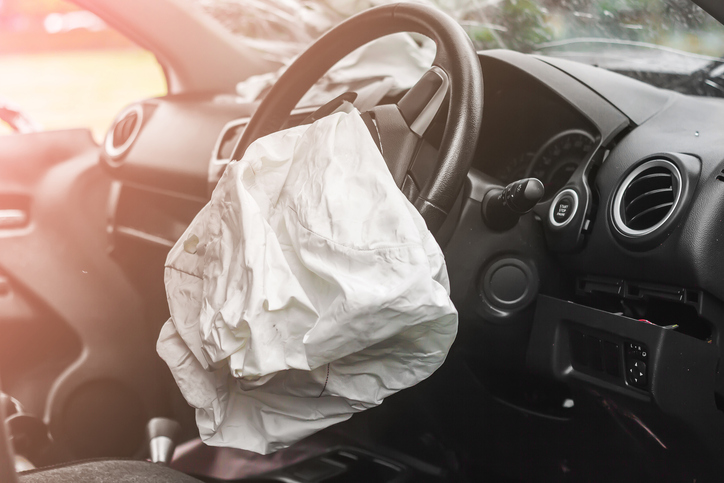Pedestrians vs Drivers
I was a bit taken aback after reading a discussion on Twitter the other day. The conversation was between a driver and a pedestrian who seemed to hold opposite points of view. The pedestrian felt that they should not have to wear reflective clothing and carry a flashlight to be seen at night. The driver countered with the warning that if you can’t be seen, you can’t be given the right of way. Wearing protective clothing was a wise thing to do.
Our rule book, the Motor Vehicle Act, defines how drivers and pedestrians must relate to each other when they use our highways.
If there is a sidewalk on one or both sides of the highway, a pedestrian must not walk on the roadway. They may choose not to use the sidewalk if they walk on the shoulder. This exception would allow a pedestrian to walk on the side of the highway, outside of the path of vehicles, if the sidewalk is on the opposite side of the road for their chosen direction of travel.
Depending on how far you are walking, it may make sense to cross over and use the sidewalk when there is only one. Chances are greater that drivers will expect you to be there.
If there are no sidewalks, pedestrians must walk on the left side of the highway, using the shoulder or extreme left side of the roadway.
Here is where I pause. The law says that pedestrians may use the extreme left side of the roadway in some circumstances. This is a place where I dare say that drivers might feel that they are entitled and pedestrians are not. These drivers may be wrong, but in a collision they win. As a pedestrian, do you want to be dead right?
When we reach an intersection pedestrians in crosswalks who are following the directions of the appropriate traffic signal must be granted the right of way to cross. If they entered the crosswalk lawfully when signals are present, they have right of way to complete the crossing, even after the signals have changed.
Strangely, many people do not consider a T to be an intersection while they will readily agree that an X is. Either configuration is a proper intersection.
If a pedestrian is crossing the highway anywhere other than in a crosswalk, they must yield the right of way to vehicles. In fact, municipal bylaws may prohibit crossing the street outside of a crosswalk.
Crosswalks may be marked or unmarked, but they always exist at intersections.
If it is necessary, the rules say that drivers must sound their vehicle’s horn to warn pedestrians of their approach.
Ultimately, a driver must always exercise due care to avoid colliding with a pedestrian who is on the highway.
It’s not all one sided. Pedestrians have duties toward drivers too.
You must not walk or run out in front of a vehicle when it is not practical for the driver to yield the right of way. Remember this when you step into a crosswalk. If there are lines painted on the roadway, they will not protect you from your bad decision.
Pedestrians cannot be on the roadway to hitch-hike (except in case of an emergency), solicit business or employment from the occupant of a vehicle. Hitch-hiking from the shoulder is permitted, except on freeways.
Having said all of this, we make mistakes, even when we are trying very hard not to. These rules are an effort to minimize mistakes.
When it makes sense, we wear all sorts of protective clothing and use other safety tools. I was never without my yellow jacket with reflective stripes and a flashlight when I worked on the road at night. Just because you can see the driver does not mean that the driver can see you.
Link:





